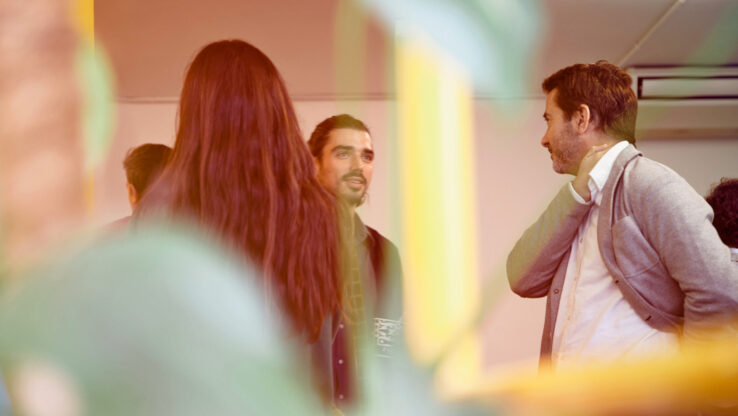
5 tips how to focus on the lightweight way to innovate an enterprise!
Whether it’s writing a thesis or setting out to transform a company digitally, people tend to what to ‘conquer the world’ from the outset. But as time and resources run out, often we realize that we’ve bitten off more than we can chew, followed by frantically looking at what can be salvaged to showcase a solid return on investment (ROI). Sound familiar? You’re not alone. In the following article, Cody Wedl, Head of Experience Management at sovanta, shares five tips on how to focus on the lightweight way to innovate an enterprise.
1. Identify low-hanging fruit
It’s a common misconception many of us make at the outset of a project to assume that our time and resources are unlimited because you have momentum and the attention of the key stakeholders. We all need a mindset change to identify low-hanging fruit which can quickly be identified and executed to keep the momentum. But how does a CIO or sponsor identify the quick wins?
- Identify the shortcoming of the digital experience. How? Ask!
- Evaluate the findings after you’ve asked the users to identify and prioritize the gaps
- Find a solution to fit the prioritized gaps previously identified
- Implement the solution
- Reengage effected user groups to ensure solution effectiveness
2. Think big or think small?
When looking to get started, think in the context of ‘macro’ versus ‘micro’. For example, a larger transformation project (macro) or a specific pain point effecting one user group (micro). The benefits (other than solving key issues) are:
- Increased, tailored communication
- Increased, two-way transparency
- Decrease in scope creep
- Decrease in inefficient spending
3. Keep all stakeholders confident & motivated
One of the biggest gauges to measure whether a project is going to be successful or not is by measuring the confidence and motivation of the actual individuals working on the project.
Quick tip: An appropriate stakeholder mapping should be conducted. Stakeholders are not only the users and managers who hold the purse strings, but also the people working within the project or program: the IT team hosting and managing everything from a technical perspective, and (most importantly) the users who have to use the system on a daily basis.
Many times, motivation (or a lack thereof) goes hand-in-hand with a lack of confidence in a project. If a person or team as a whole is not confident in what they are doing, it is paramount to find the root cause and fix it before additional investments are made. There are many reasons why confidence and motivation may be lacking:
- Goals are not clearly defined or communicated
- Team or team members may not have the necessary tools to complete their jobs
- There may be a lack of trust or good faith amongst stakeholders
4. Communication is key!
Often times the best early warning signals will come directly from the team itself. Allowing a direct communication channel to senior management can also erase “hierarchal interpretation” about the actual project status. Ask yourself how much waste can be cut from an organization with such a standardized system across an entire organization?
The best way to build a constructive and continuous dialog with stakeholders is by building a channel for standardized and measurable bidirectional feedback. Qualified, suggestive feedback will never allow you to measure improvement (but it is great for context). You must ensure that the communication is quantifiable in order to measure improvement over time.
5. Use the power of data
Decisions are made all too often based on incomplete or misguided information. Ensure that the data from project KPIs (time, budget and resources) also matches the data you are receiving from stakeholders. Owning and understanding the data is an important factor for project success and will allow for a lightweight way to innovate an enterprise.
If you would like to learn more, feel free to contact us.




